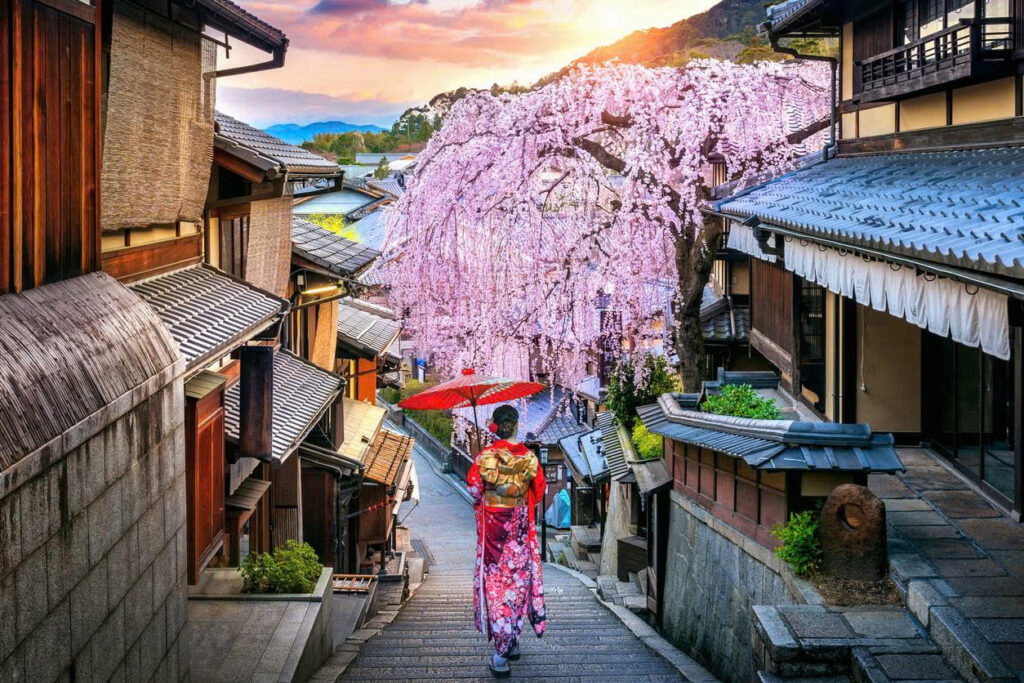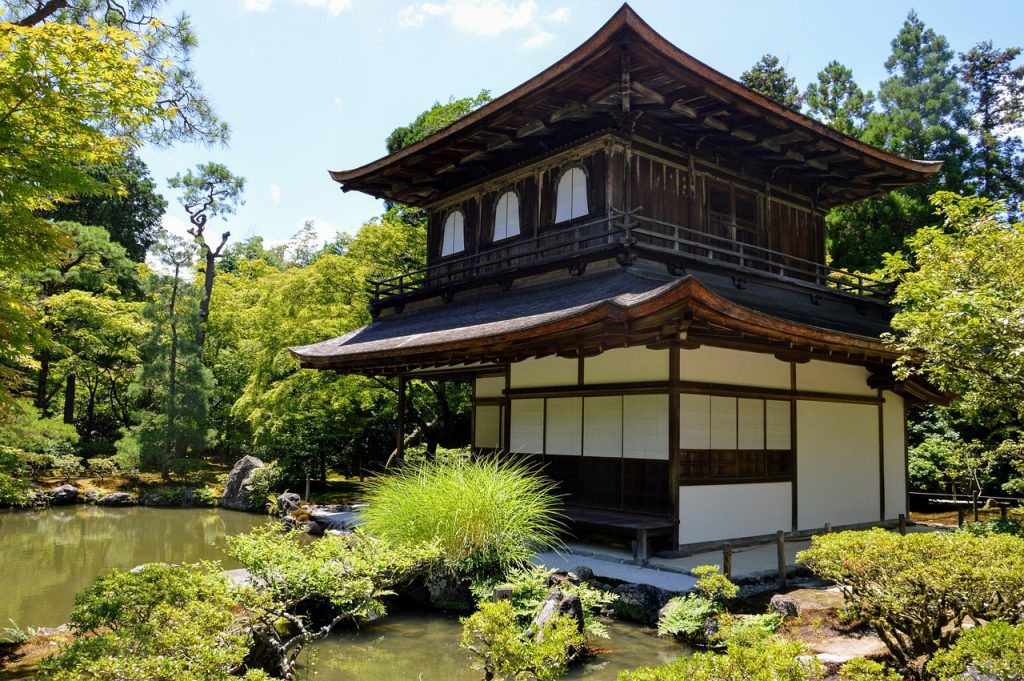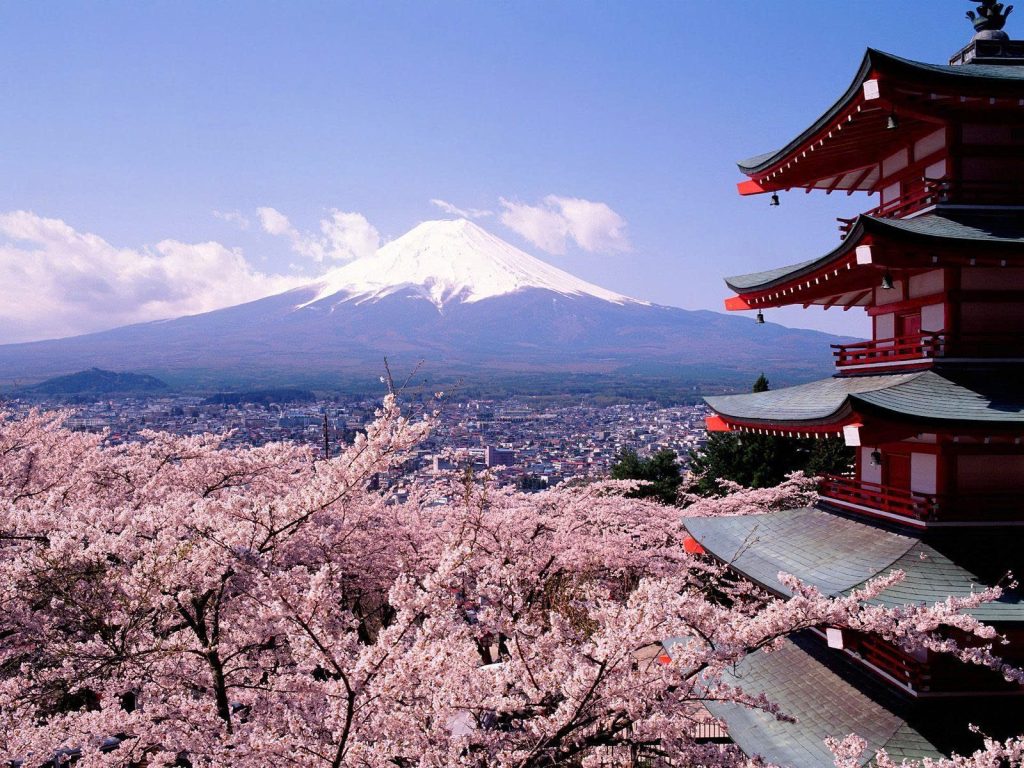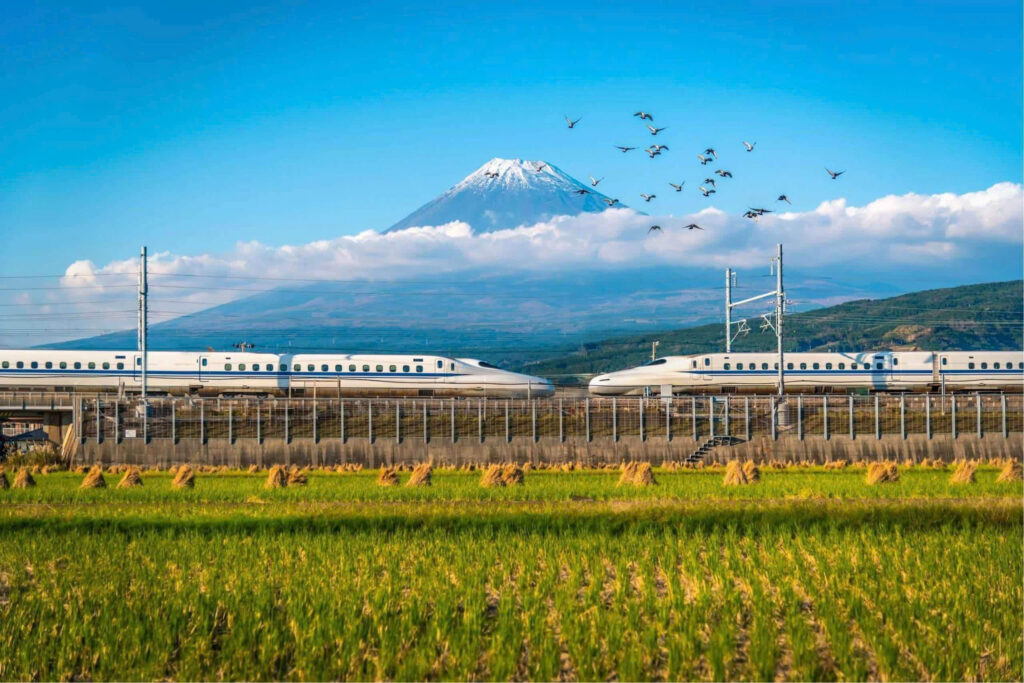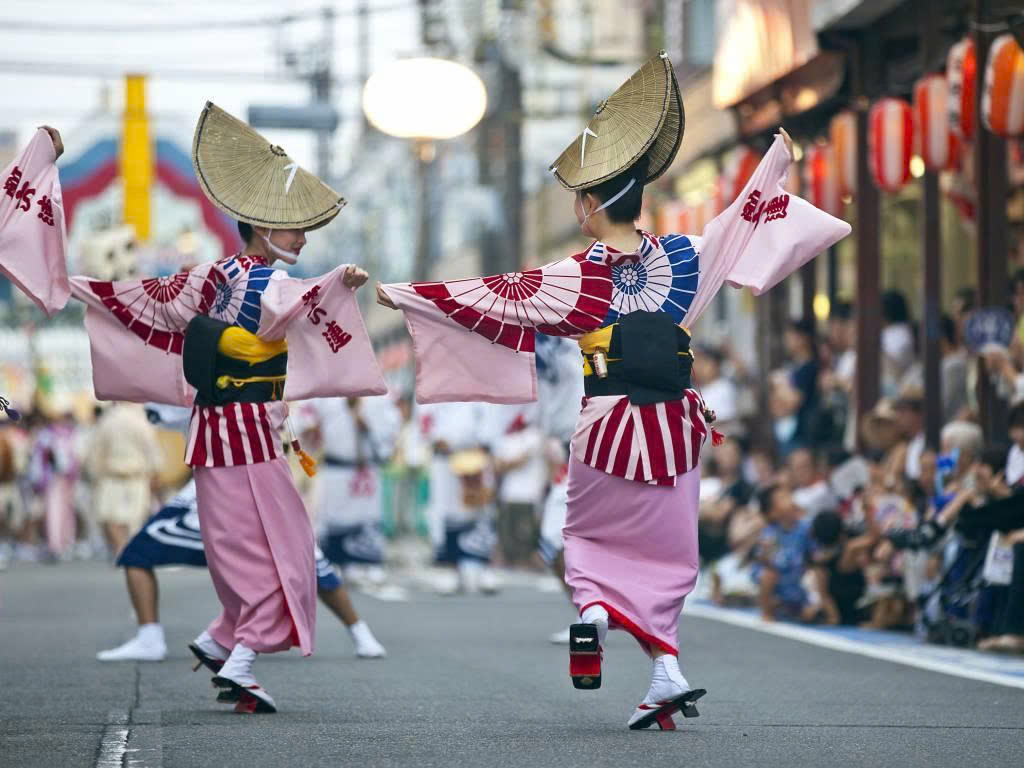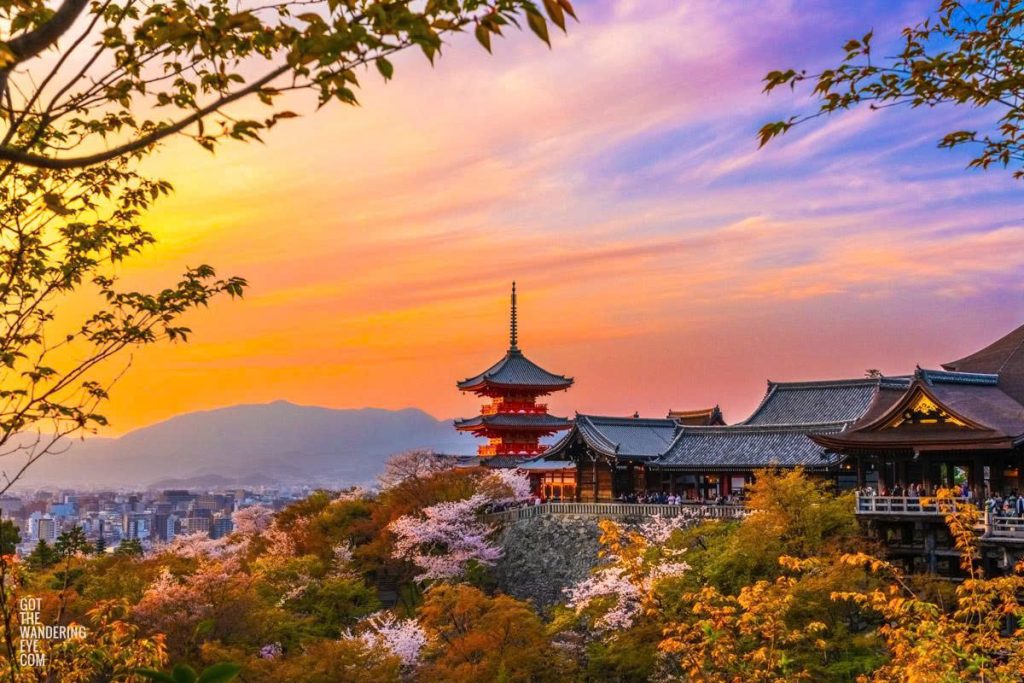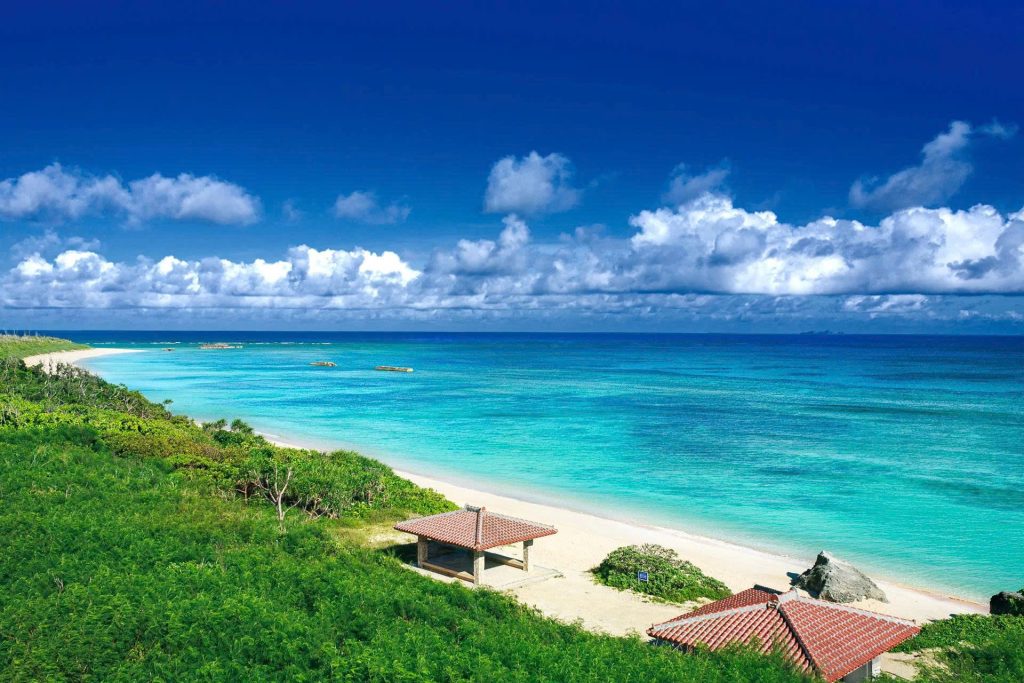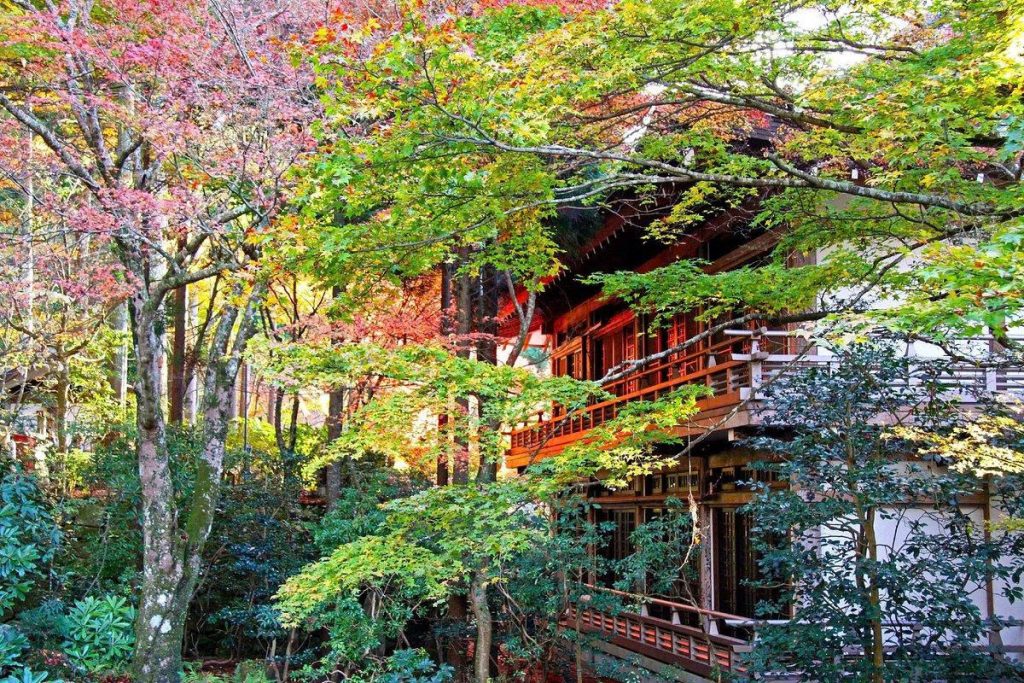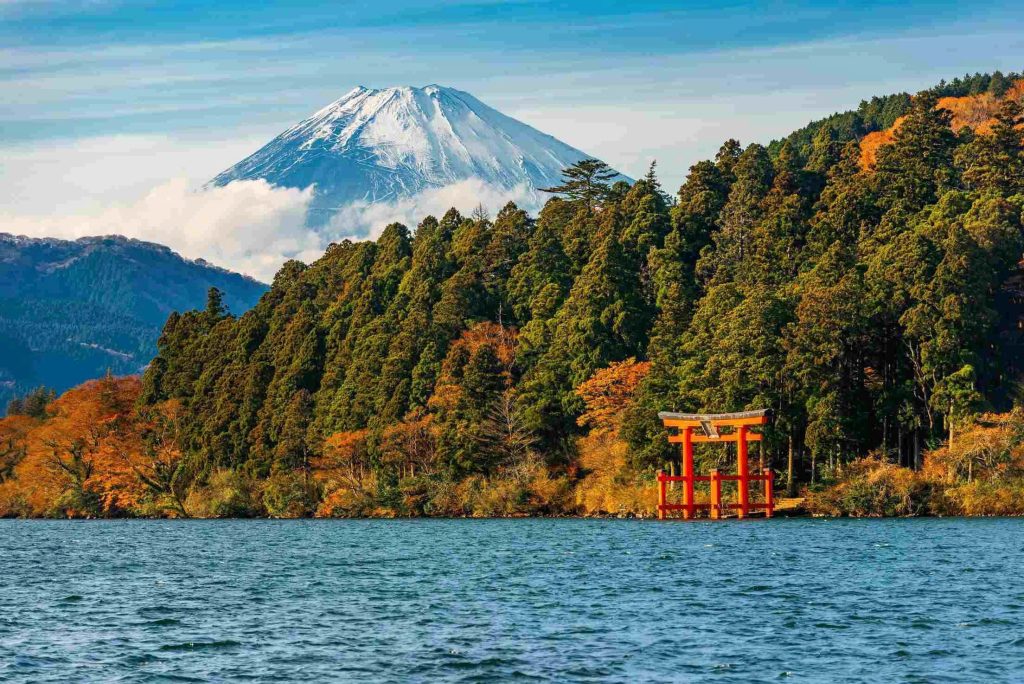Embarking on your first journey to Japan is an exhilarating prospect, a dive into a world where ancient traditions seamlessly blend with futuristic marvels. For many first-time visitors, the sheer volume of incredible sights, delicious food, and unique experiences can feel overwhelming when planning. Where do you even begin?
Having navigated Japan’s vibrant cities and serene landscapes firsthand, we understand the thrill and the challenge. Drawing from vast travel experience and thorough research, this article serves as your indispensable guide for crafting an ideal Japan itinerary. We’ll help you unlock the magic of Japan, from bustling Tokyo to cultural Kyoto, ensuring your inaugural trip is unforgettable and runs smoothly, aligning with what first-time travelers truly seek.
Planning Your First Trip to Japan: Essential Tips Before You Go
Before diving into specific itineraries, laying a solid foundation with these crucial tips will enhance your experience, streamline your travel, and help you embrace the essence of Japanese hospitality and efficiency.
Best Time to Visit Japan for First-Timers
Japan offers unique charms throughout the year, but some seasons are particularly enchanting for first-timers:
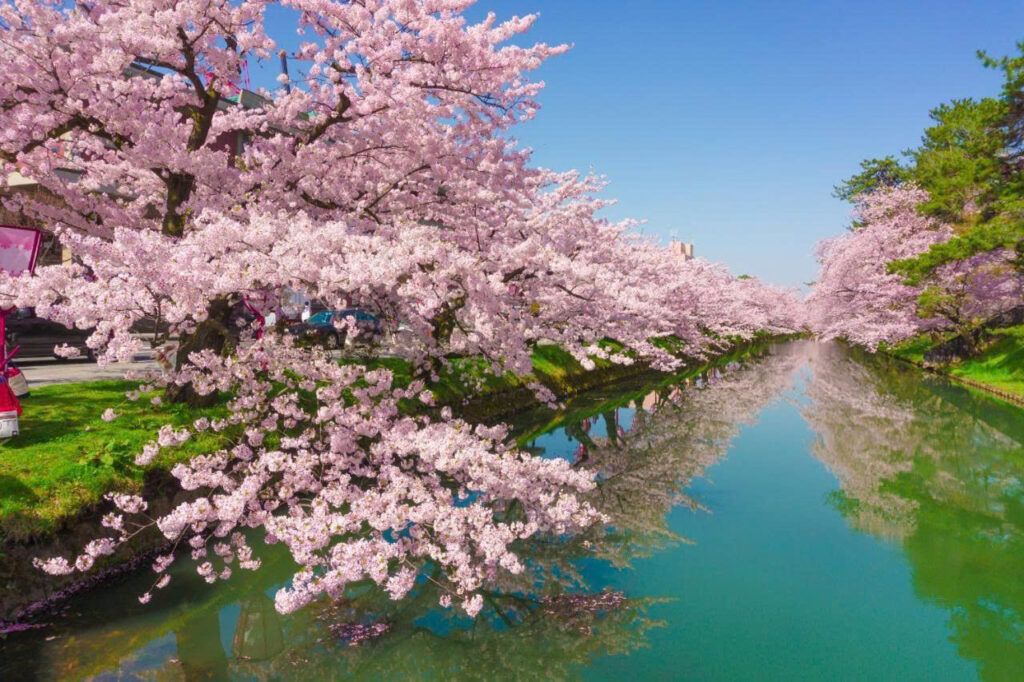
- Spring (March-May): Famous for the iconic Cherry Blossoms (Sakura). While incredibly beautiful, this is also peak season, meaning higher prices and larger crowds.
- Autumn (September-November): Offers stunning Autumn Foliage (Koyo) with vibrant reds and golds. The weather is pleasant, and it’s less crowded than spring.
- Summer (June-August): Hot and humid, especially in July and August, but ideal for mountain hikes or beach visits (Okinawa). Many vibrant festivals (Matsuri) take place.
- Winter (December-February): Cold but beautiful, especially with snow in northern regions. Great for skiing, snowboarding, and enjoying Onsen (hot springs). Major cities like Tokyo and Kyoto are less crowded.
For a balanced experience with good weather and manageable crowds, late spring (late April/early May, avoiding Golden Week) or autumn are often recommended.
RELATED: Best Time to Travel to Japan: A Seasonal Guide
Japan Rail Pass: Is It Worth It for Your Itinerary?
The Japan Rail Pass (JR Pass) is a special ticket for foreign tourists offering unlimited travel on JR lines, including most Shinkansen (bullet trains). Its value largely depends on your itinerary:

- Consider it if: You plan to travel extensively between major cities (e.g., Tokyo to Kyoto and back, plus another long-distance trip) within 7, 14, or 21 consecutive days.
- Skip it if: Your travel is primarily within one city (e.g., just Tokyo) or limited to very short distances. Individual train tickets or IC cards might be more cost-effective.
- Expert Tip: Use a JR Pass calculator online to compare the cost of individual tickets versus the pass for your planned route.
Getting Around Japan: Navigating the Public Transport System
Japan’s public transportation is world-class: efficient, punctual, and extensive.
- Trains (JR and Private Lines): The primary mode of inter-city and intra-city travel. The Shinkansen connects major cities at incredible speeds.
- Subways (Metro): Dominate urban transport in large cities like Tokyo and Osaka.
- IC Cards (Suica, Pasmo, Icoca): These rechargeable smart cards are incredibly convenient for seamless travel on most trains, subways, and buses across the country. Simply tap and go! Purchase them at major stations.
- Google Maps: Indispensable for real-time train schedules, platform numbers, and navigation.
Accommodation in Japan: Hotels, Ryokans, and More
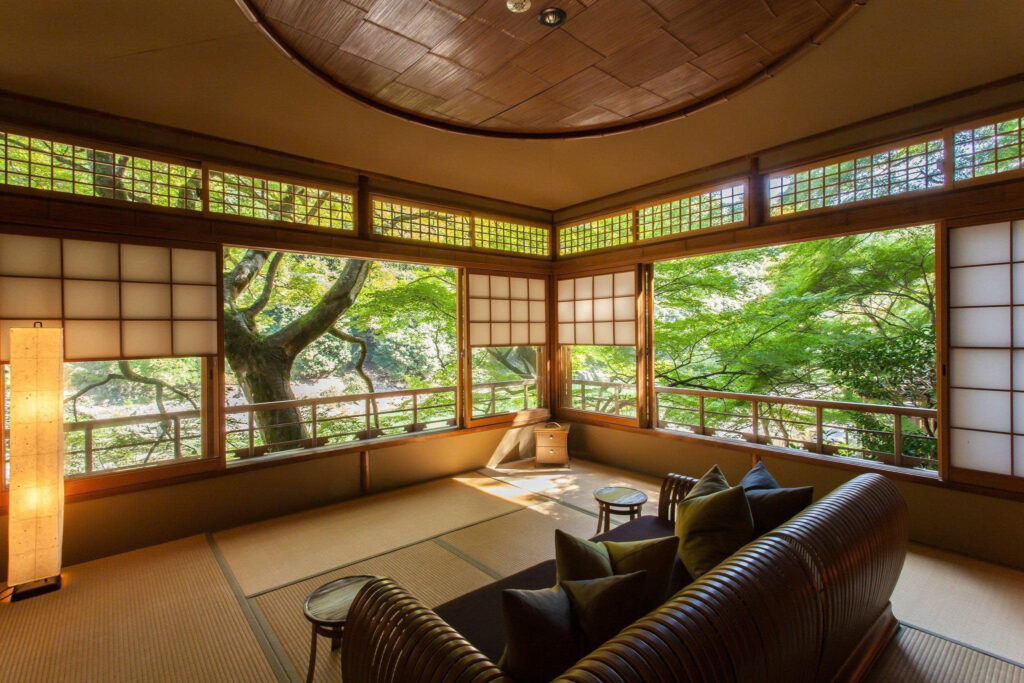
- Business Hotels: Clean, efficient, and often compact. Excellent value in cities.
- Mid-Range/Luxury Hotels: Offer more space and amenities.
- Ryokan (Traditional Japanese Inn): A must-try experience. Offers traditional Japanese rooms, communal baths (often Onsen), and often includes elaborate Japanese dinners and breakfasts. Perfect for immersing yourself in Japanese culture.
- Hostels/Guesthouses: Budget-friendly options, often with a friendly atmosphere.
- Expert Tip: Book accommodation well in advance, especially during peak seasons like cherry blossom season or national holidays.
Japanese Etiquette: Blending In with Local Customs
Respecting local customs enriches your experience and shows appreciation.
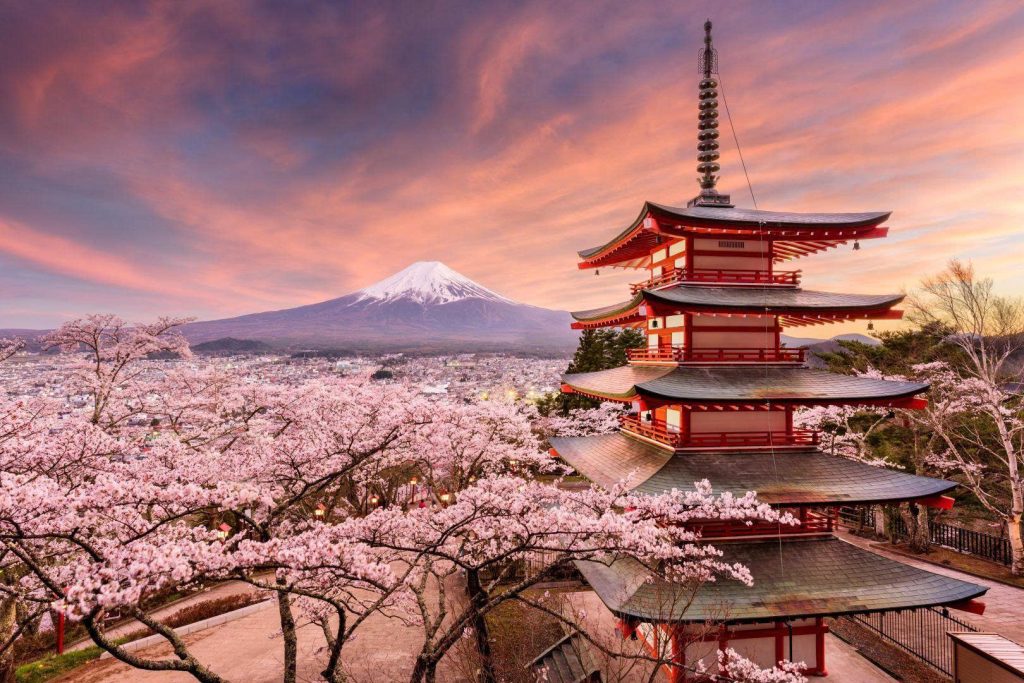
- Bowing: A common form of greeting and respect. A slight nod is usually sufficient for tourists.
- Chopsticks: Do not stick them upright in your rice, pass food with chopsticks, or point with them.
- Shoes: Remove your shoes when entering homes, temples, traditional restaurants, and many ryokans. Look for shoe lockers or racks.
- Onsen: If visiting an Onsen, shower thoroughly before entering the communal bath. Tattoos might be restricted in some public baths.
- Queuing: Always queue patiently and in an orderly fashion.
- Volume: Keep noise levels down on public transport and in public spaces.
Internet Access in Japan: SIM Card vs. Pocket Wi-Fi
Staying connected is easy:
- Pocket Wi-Fi: A small portable device offering Wi-Fi for multiple devices. Excellent for groups.
- SIM Card: Offers mobile data directly to your phone. Good for solo travelers.
- eSIM: A digital SIM that can be activated instantly, often the most convenient option for modern smartphones.
Budgeting for Your Japan Trip
Japan can be as expensive or affordable as you make it.

- Flights: Often the largest cost.
- Accommodation: Varies widely, from ¥3,000 hostels to ¥50,000+ luxury hotels/ryokans per night.
- Food: Can be surprisingly affordable (e.g., ramen, udon, convenience store meals) or very expensive (high-end sushi, multi-course kaiseki). Budget ¥3,000-¥7,000 per day for moderate eating.
- Transportation: Covered by JR Pass or individual tickets.
- Activities: Many temples/shrines have small entrance fees (¥300-¥600). Theme parks or specialized experiences can be costly.
- Currency: The Japanese Yen (JPY, ¥). Cash is still king in many smaller establishments, though credit cards are widely accepted in cities.
Japan Itineraries for First-Time Visitors: Choose Your Adventure
These itineraries are designed for efficiency and to hit the highlights that captivate first-timers. Feel free to adjust based on your interests and pace!
Japan Itinerary: 7 Days – The Classic Golden Route
This is the most popular choice for first-timers, covering the essential highlights of Tokyo and Kyoto, with a taste of traditional Japan.

- Day 1-3: Tokyo – The Bustling Metropolis
- Day 1: Arrival & Shibuya/Shinjuku. Arrive at Narita (NRT) or Haneda (HND) airport. Transfer to your accommodation. Explore Shibuya Crossing, soak in the neon glow of Shinjuku, and visit Tokyo Metropolitan Government Building for free city views.
- Day 2: Culture & Pop Culture. Morning in Asakusa (visit Senso-ji Temple). Afternoon: explore Akihabara for electronics and anime, or Harajuku for unique fashion.
- Day 3: Emperor & Green Space. Visit Meiji Jingu Shrine in the morning. Explore Shinjuku Gyoen National Garden. Optional: Ghibli Museum (book well in advance!) or teamLab Planets TOKYO DMM (immersive art exhibit).
- Day 4-5: Kyoto – The Cultural Heart
- Day 4: Travel & Arashiyama. Take the Shinkansen to Kyoto (approx. 2.5-3 hours). Explore Arashiyama Bamboo Grove, Tenryu-ji Temple, and the charming Togetsukyo Bridge.
- Day 5: Temples & Geisha. Morning at Fushimi Inari-taisha Shrine (thousand torii gates). Afternoon: visit Kinkaku-ji (Golden Pavilion) and explore Gion, Kyoto’s historic geisha district. Try to spot a Geisha or Maiko.
- Day 6: Nara & Osaka Day Trip (from Kyoto)
- Morning: Take a train to Nara (approx. 45 mins). Spend time at Nara Park interacting with wild deer and visit Todai-ji Temple (housing a giant Buddha statue).
- Afternoon: Head to Osaka (approx. 30 mins). Explore the vibrant Dotonbori area with its famous Glico Man sign and incredible street food.
- Day 7: Departure
- Depending on your flight, you can depart from Kansai International Airport (KIX) near Osaka, or take the Shinkansen back to Tokyo for departure from NRT/HND.
Japan Itinerary: 10 Days – Deeper Dive into Culture & Nature
This itinerary builds on the 7-day route, adding more time for exploration and a scenic day trip.
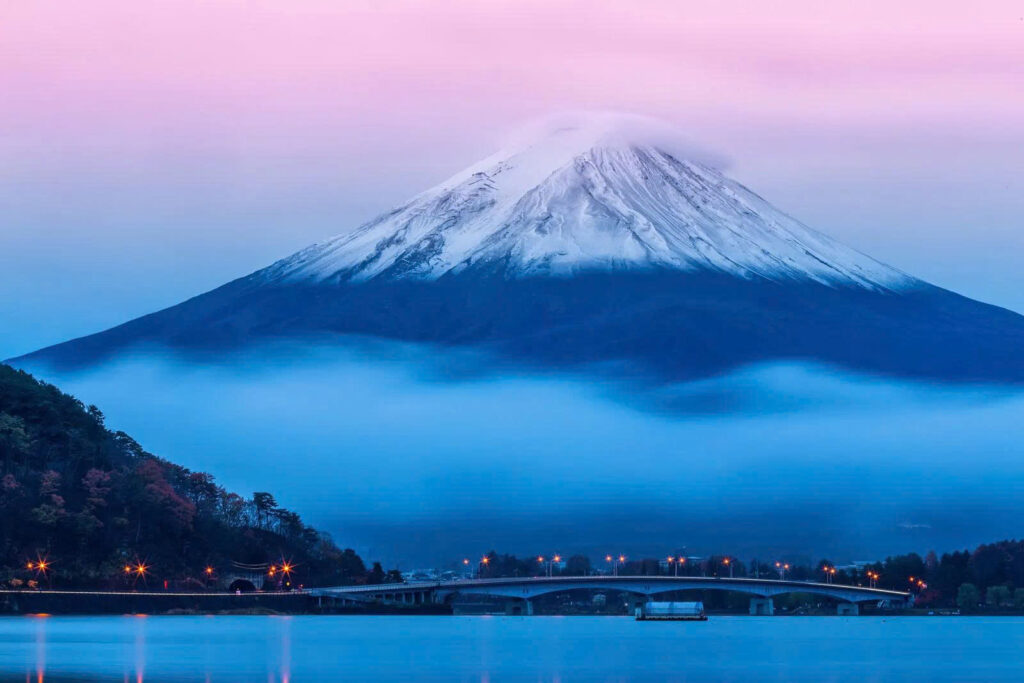
- Day 1-4: Tokyo & Day Trip to Hakone/Mount Fuji
- Day 1-3: Follow the 7-day Tokyo itinerary.
- Day 4: Hakone & Mount Fuji. Take a scenic day trip to Hakone, enjoying views of Mount Fuji (weather permitting) from Lake Ashi or the Hakone Ropeway. Explore the Hakone Open-Air Museum.
- Day 5-8: Kyoto & Nara
- Day 5: Travel to Kyoto, explore Arashiyama.
- Day 6: Fushimi Inari-taisha and Kinkaku-ji, Gion.
- Day 7: Explore more of Kyoto’s lesser-known temples (e.g., Kiyomizu-dera) or take a traditional tea ceremony.
- Day 8: Day trip to Nara.
- Day 9-10: Osaka & Departure
- Day 9: Full day exploring Osaka: Osaka Castle, Dotonbori, and Shinsekai district.
- Day 10: Depart from KIX or return to Tokyo for departure.
Japan Itinerary: 14 Days (2 Weeks) – The Comprehensive Exploration
With two weeks, you can delve deeper into different regions, perhaps venturing west to Hiroshima or exploring traditional towns.
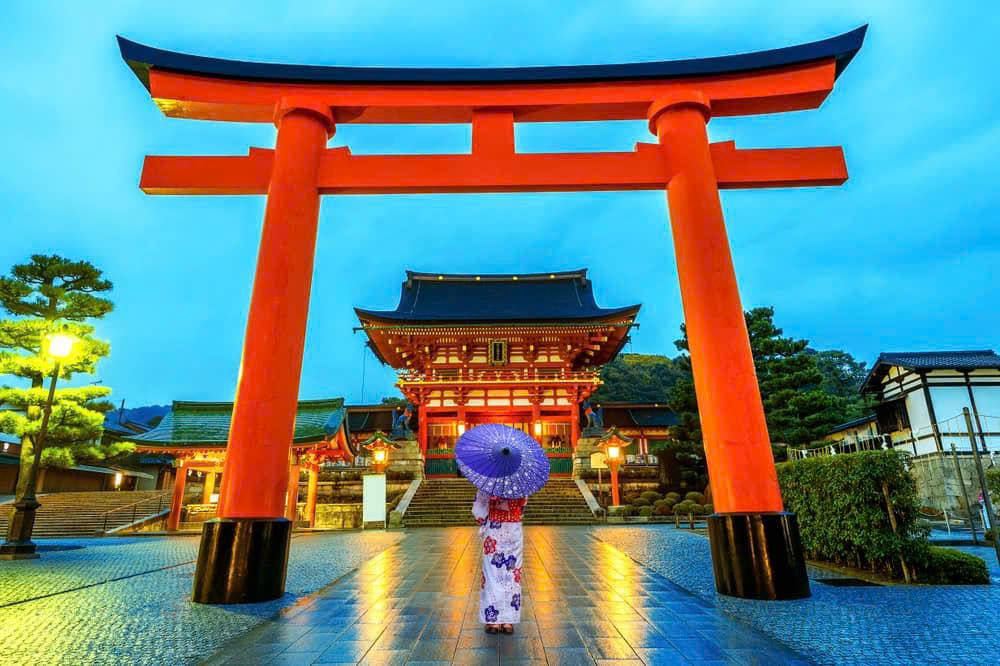
- Day 1-5: Tokyo & Day Trip to Hakone/Mount Fuji
- Day 1-4: Follow the 10-day Tokyo & Hakone itinerary.
- Day 5: Further explore Tokyo’s niche areas like Tsukiji Outer Market for seafood, or a themed cafe in Shibuya/Harajuku.
- Day 6-10: Kyoto & Nara, plus optional Himeji/Hiroshima/Miyajima
- Day 6-8: Follow the 10-day Kyoto itinerary, perhaps adding a visit to Sanjusangendo Hall or a cooking class.
- Day 9: Day Trip to Himeji. Visit the stunning Himeji Castle, one of Japan’s most impressive original castles.
- Day 10: Day Trip to Hiroshima & Miyajima. Take the Shinkansen to Hiroshima. Visit the Peace Memorial Park and Museum. Then, take a ferry to Miyajima Island to see the iconic “floating” torii gate of Itsukushima Shrine (check tide times!).
- Day 11-14: Osaka & Departure / Explore further north/south
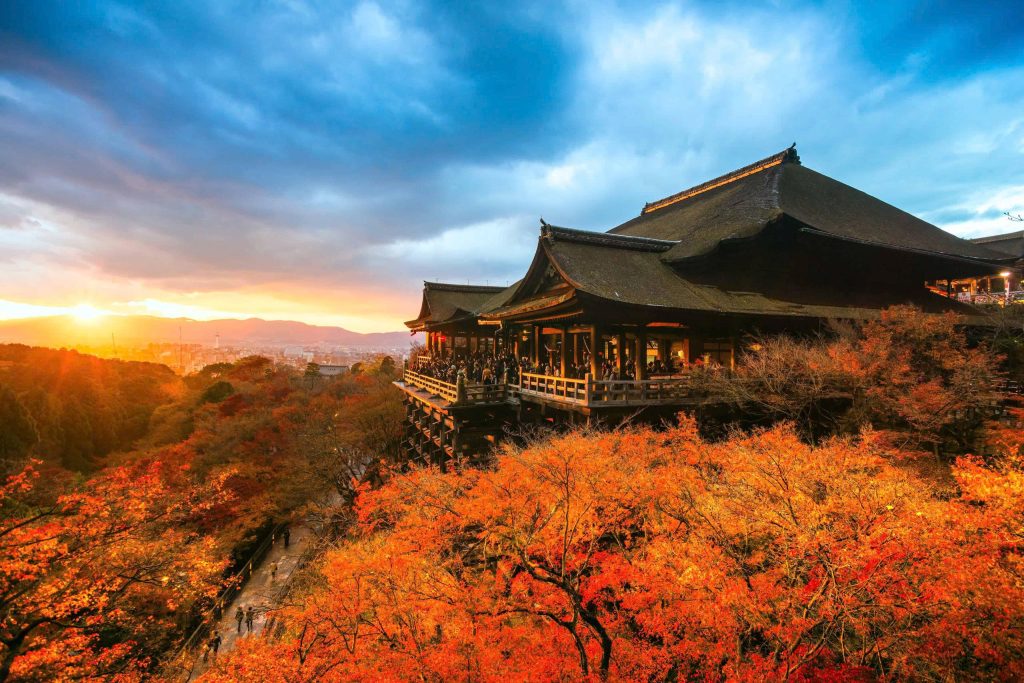
-
- Day 11-12: Osaka. Full days exploring Osaka’s food scene, shopping, and vibrant neighborhoods. Consider Universal Studios Japan if you’re a theme park fan.
- Day 13 (Optional): Explore a different region.
- Kanazawa: Known for its beautifully preserved Edo-era districts and Kenroku-en Garden.
- Takayama: A charming mountain town with traditional wooden houses and a lively morning market.
- Okinawa: For a completely different vibe, with stunning beaches and subtropical climate (requires a flight).
- Day 14: Departure. From KIX, NRT, or HND depending on your itinerary.
Must-Do Experiences for First-Time Visitors
Beyond specific landmarks, these quintessential Japanese experiences will enrich your trip:
Savoring Japanese Cuisine: What to Eat & Where
Japanese food is an art form. Don’t miss:
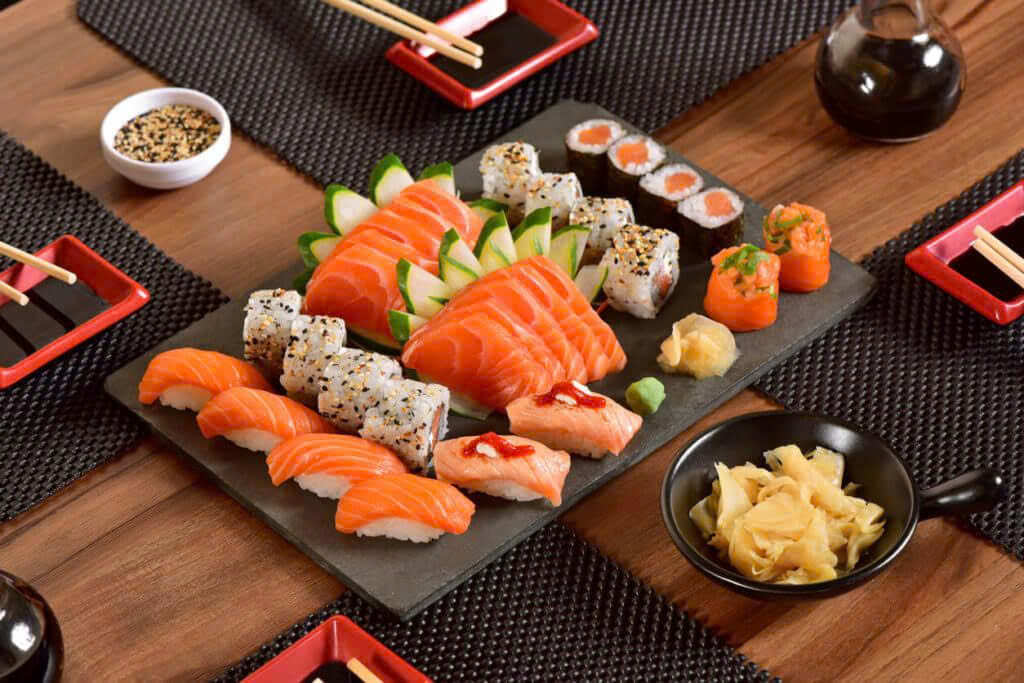
- Sushi & Sashimi: Try a reputable sushi restaurant or even a conveyor belt sushi (Kaiten-zushi) place.
- Ramen: Slurp down a bowl of rich, flavorful noodles.
- Tempura: Lightly battered and fried seafood and vegetables.
- Izakaya: Experience Japanese pub culture – small dishes meant for sharing, paired with sake or beer.
- Okonomiyaki/Takoyaki: Savory pancakes and octopus balls, especially in Osaka.
- Street Food: Explore local markets and festivals for delicious bites.
Experience a Traditional Ryokan
Spending at least one night in a Ryokan is a highly recommended cultural immersion. Enjoy tatami mat rooms, futon beds, communal baths, and delicious multi-course traditional meals (Kaiseki). It’s a serene retreat from the bustling cities.
Witnessing the Beauty of Cherry Blossoms or Autumn Leaves
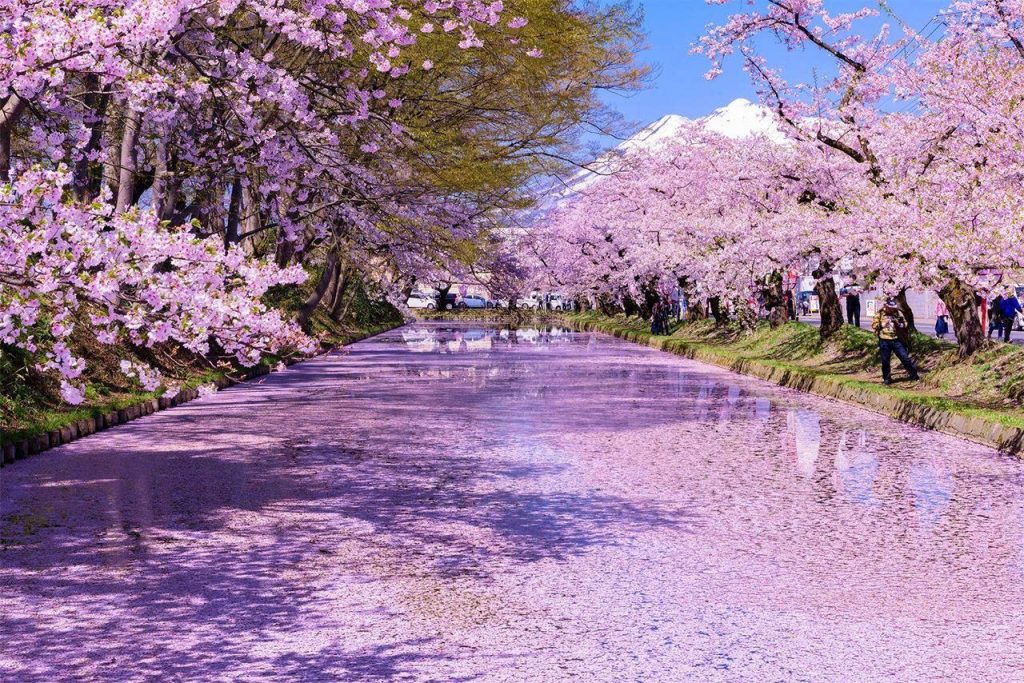
If your timing aligns, witnessing either the delicate pinks of Sakura or the fiery reds and golds of Koyo is an unforgettable spectacle. These natural phenomena draw crowds for a reason!
Riding the Shinkansen
Even if the JR Pass isn’t for you, taking at least one ride on the Shinkansen is an experience in itself. Marvel at its speed, quietness, and punctuality – a testament to Japanese engineering and efficiency.
RELATED: Ultimate Japan Travel Guide: Visa, Costs, and Essential Tips 2026
Planning your first trip to Japan is an exciting journey in itself. By leveraging these itineraries and practical tips, you’re well-equipped to navigate this incredible country with confidence and ease. Whether you choose the whirlwind 7-day tour or a more leisurely 14-day exploration, Japan promises an adventure filled with profound cultural insights, breathtaking landscapes, and culinary delights that will linger long after you’ve returned home. Enjoy your journey to the Land of the Rising Sun!

